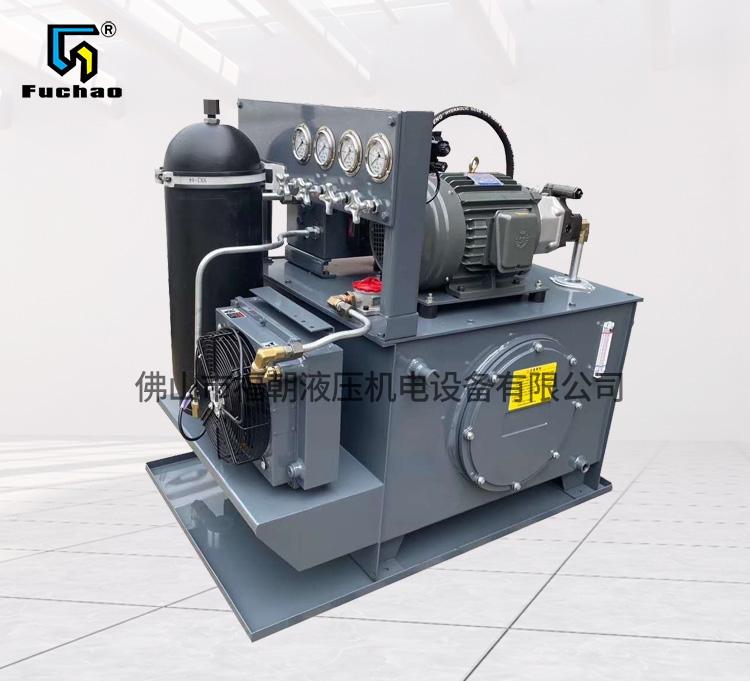1. Disassembly Hydraulic cylinder The hydraulic circuit should be depressurized before. Otherwise, when the oil pipe joint connected with the oil cylinder is loosened, the high-pressure oil in the circuit will be ejected rapidly. When the hydraulic circuit is depressurized, first loosen the hand wheel or pressure regulating screw at the overflow valve to unload the pressure oil, and then cut off the power supply or power source to stop the hydraulic device.
2. During disassembly, avoid damaging the thread at the top of the piston rod, the thread at the oil port, the surface of the piston rod, the inner wall of the cylinder liner, etc. In order to prevent the piston rod and other slender parts from bending or deformation, the skid shall be used to support and balance during placement.
3、 Oil cylinder manufacturer The disassembly shall be carried out in sequence. Due to various Hydraulic cylinder The structure and size are different, and the disassembly sequence is slightly different. Generally, drain the oil in the two chambers of the oil cylinder, then remove the cylinder head, and then remove the piston and piston rod. When disassembling the cylinder head of the hydraulic cylinder, special tools shall be used for the key or snap ring of the internal key type connection, and flat shovel is prohibited; Flange end caps must be pushed out with screws, and hammering or hard prying is not allowed. When it is difficult to draw out the piston and piston rod, it shall not be forced out. The reason shall be found out before disassembly.
4. Before and after unloading, try to create conditions to prevent the parts of the hydraulic cylinder from being polluted by the surrounding dust and impurities. For example, disassembly should be carried out in a clean environment as far as possible; After disassembly, all parts shall be covered with plastic cloth instead of cotton cloth or other working cloth.
5. After the cylinder is disassembled, check carefully to determine which parts can continue to be used, which parts can be reused after repair, and which parts must be replaced.
6. All parts must be cleaned carefully before assembly.
7. All sealing devices shall be installed correctly.

8. A special wrench shall be used to tighten the threaded connection, and the torque shall meet the standard requirements.
9. After the piston and piston rod are assembled, try to measure whether their coaxiality and straightness over the whole length are out of tolerance.
10. After assembly, the piston assembly shall move without sense of retardation and uneven resistance.
11. When the hydraulic cylinder is installed on the main engine, a sealing ring must be added between the inlet and outlet joints and fastened to prevent oil leakage.
12. After assembly as required, perform several reciprocating movements under low pressure to exhaust the gas in the cylinder.



